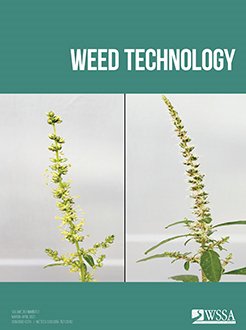POST goosegrass and other grassy weed control in bermudagrass is problematic. Fewer herbicides that can control goosegrass are available due to regulatory pressure and herbicide resistance. Alternative herbicide options that offer effective control are needed. Previous research demonstrates that topramezone controls goosegrass, crabgrass, and other weed species; however, injury to bermudagrass may be unacceptable. The objective of this research was to evaluate the safening potential of topramezone combinations with different additives on bermudagrass. Field trials were conducted at Auburn University during summer and fall from 2015 to 2018 and 2017 to 2018, respectively. Treatments included topramezone mixtures and methylated seed oil applied in combination with five different additives: triclopyr, green turf pigment, green turf paint, ammonium sulfate, and chelated iron. Bermudagrass bleaching and necrosis symptoms were visually rated. Normalized-difference vegetative index measurements and clipping yield data were also collected. Topramezone plus chelated iron, as well as topramezone plus triclopyr, reduced bleaching potential the best; however, the combination of topramezone plus triclopyr resulted in necrosis that outweighed reductions in bleaching. Masking agents such as green turf paint and green turf pigment were ineffective in reducing injury when applied with topramezone. The combination of topramezone plus ammonium sulfate should be avoided because of the high level of necrosis. Topramezone-associated bleaching symptoms were transient and lasted 7 to 14 d on average. Findings from this research suggest that chelated iron added to topramezone and methylated seed oil mixtures acted as a safener on bermudagrass.
Nomenclature: Topramezone; triclopyr; crabgrass; Digitaria spp.; goosegrass; Eleusine indica (L.) Gaertn.; bermudagrass; Cynodon dactylon (L.) Pers.






